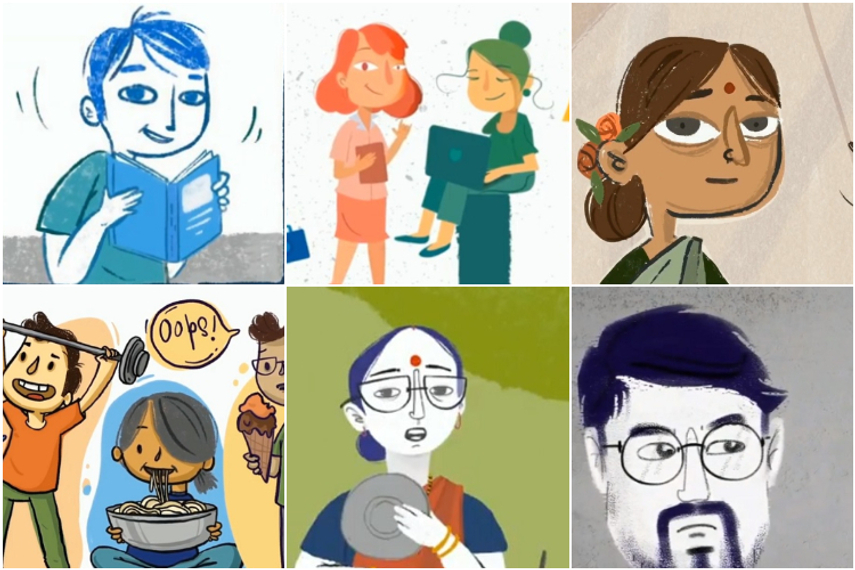
Please sign in or register
Existing users sign in here
Having trouble signing in?
Contact Customer Support at
[email protected]
or call+852 3175 1913
The founding partner of independent agency The Womb summarises learnings from a research and six-part video series on Campaign.

Contact Customer Support at
[email protected]
or call+852 3175 1913
Top news, insights and analysis every weekday
Sign up for Campaign Bulletins
The real win at Cannes Lions for APAC marketers lies not in bringing trophies home, but in bringing home ideas sharp enough to cut through locally, says Shufen Goh, APAC president at MediaSense.
Campaign sat down exclusively with John Harris, CEO of Worldwide Partners, Inc.(WPI), the world’s most collaborative agency network, and Humphrey Ho, president of Helios Worldwide and Asia Pacific board director at WPI, for an in-depth discussion on how the role of the CMO is evolving within today’s rapidly shifting marketing landscape.
Electronics and home appliances soar as government subsidies kick in, but once again, top e-commerce platforms are silent on overall GMV—reflecting both changing consumer habits and a 618 season that keeps breaking its own timeline.
Campaign exclusively chats with Carlsberg Asia’s senior director, Rommel Fuentebella, about Somersby’s new tagline and campaign, with a sprawling Asia push that enlists K-pop idol Yeonjun.